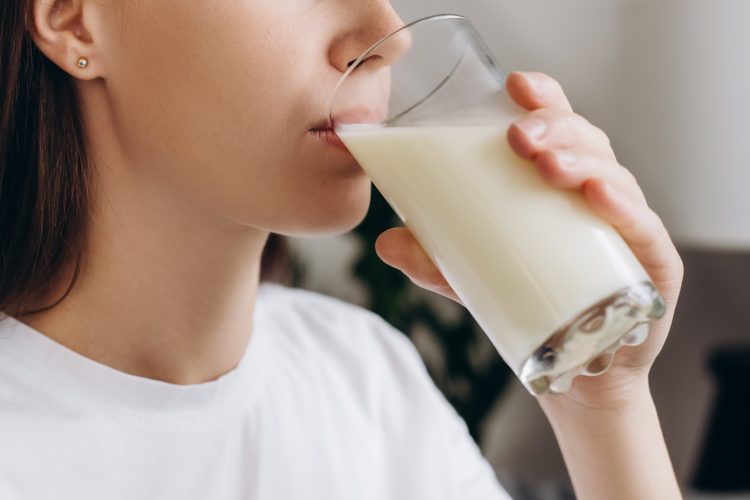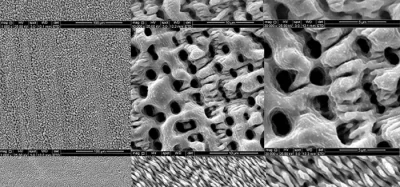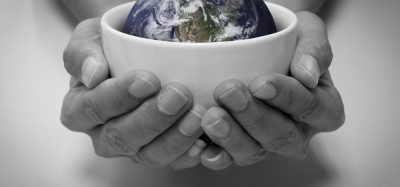Nearly half of Americans unaware of raw milk hazards
- Like
- Digg
- Del
- Tumblr
- VKontakte
- Buffer
- Love This
- Odnoklassniki
- Meneame
- Blogger
- Amazon
- Yahoo Mail
- Gmail
- AOL
- Newsvine
- HackerNews
- Evernote
- MySpace
- Mail.ru
- Viadeo
- Line
- Comments
- Yummly
- SMS
- Viber
- Telegram
- Subscribe
- Skype
- Facebook Messenger
- Kakao
- LiveJournal
- Yammer
- Edgar
- Fintel
- Mix
- Instapaper
- Copy Link
Posted: 4 July 2024 | Grace Galler | No comments yet
A recent study has found that under half of Americans know raw milk is less safe to drink than pasteurised milk.


A new study has found that many US consumers are unaware of the potential risks of consuming raw milk.
In fact, only 47 percent of those surveyed for the study said that raw milk is less safe to drink than pasteurised milk.
The survey was carried out by researchers at the Anneberg Public Policy Center of the University of Pennsylvania and questioned 1031 US adults in June 2024.
Despite studies showing that consuming raw milk or products made with it is riskier than drinking pasteurized milk, findings of the new study unearthed a significant portion of Americans do not understand the risks of consuming raw milk.
Additional results showed 24 percent of Americans either think incorrectly that pasteurization is not effective at killing bacteria and viruses in milk products (four percent) or are not sure whether this is true (20 percent).
“It is important that anyone planning to consume raw milk be aware that doing so can make you sick and that pasteurization reduces the risk of milk-borne illnesses,” explained Patrick E. Jamieson, director of the Annenberg Health and Risk Communication Institute at the Annenberg Public Policy Center (APPC) of the University of Pennsylvania.
Milk from animals such as cows, sheep, and goats that has not undergone pasteurization to eliminate harmful germs is known as unpasteurized or raw milk. According to estimates, unpasteurized dairy products “cause 840 times more illnesses and 45 times more hospitalizations than pasteurized products.” The Centers for Disease Control and Prevention (CDC) states that consuming unpasteurized milk and products made from it “can expose people to germs such as Campylobacter, Cryptosporidium, E. coli, Listeria, Brucella, and Salmonella.”
Adding to these concerns, the Food and Drug Administration (FDA) reported in an open letter on June 6, 2024, that bird flu has been detected in cow’s milk. Cattle infected with avian influenza “shed the virus in their milk.” Technically known as highly pathogenic avian influenza virus (HPAI) of the H5N1 subtype, the CDC has noted that H5N1 bird flu is “widespread in wild birds worldwide and is causing outbreaks in poultry and U.S. dairy cows.” The presence of H5N1 bird flu was confirmed in cattle in the United States in mid-March 2024.
Researchers confirm pasteurisation inactivates H5N1 virus in milk
As of June 21, 2024, there had been four human cases of H5N1 in the United States since 2022, three in April and May of 2024 following exposure to cows and one in April 2022 following exposure to poultry. As of mid-June, 95 cattle herds in 12 states were identified as infected.
The FDA says it does not currently know whether the HPAI H5N1 virus can be transmitted to humans through consumption of raw milk and products made from raw milk from infected cows. However, a study conducted in mice concluded that the virus in “untreated milk can infect susceptible animals that consume it” and the National Institutes of Health (NIH) says this suggests that drinking raw milk “may pose a risk of transmission to people.” As of mid-June 2024, the FDA concluded “that the totality of evidence continues to indicate that the commercial milk supply [which is pasteurized] is safe.”
While the FDA has prohibited the interstate sale of raw milk since 1987, 30 states in the US allow the sale of raw dairy milk in some form, according to the NIH. While an FDA food safety report in 2016 said just 4.4 percent of US adults reported consuming raw milk at least once in the past year, raw milk sales have been increasing, according to the Associated Press, which reports that weekly sales of raw milk from late March to mid-May grew from 21 percent to as much as 65 percent over the same period last year.
Speaking on the matter, the CDC notes that “pasteurization is crucial for milk safety, killing harmful germs that can cause illness”. Meanwhile the NIH says “dairy milk purchased in the grocery store has been pasteurized – heated to a level high enough and long enough to kill most viruses or bacteria in the milk.”
However, the recent survey noted over half of the respondents (54 percent) either think drinking raw milk is safer (9 percent), just as safe (15 percent), or are unsure (30 percent) whether it is more or less safe than drinking pasteurized milk.
Going further, nearly a quarter of those surveyed question the effectiveness of pasteurization at killing bacteria and viruses in untreated milk. A total of 20 percent are unsure whether it is effective and four percent incorrectly assert that it is not effective.
“The difference in views of raw milk that we see between Democrats and Republicans is difficult to disentangle from the difference between rural and urban dwellers,” said Kathleen Hall Jamieson, director of the Annenberg Public Policy Center. “Those in rural areas are both more likely to identify as Republicans and to consume raw milk.”
However, a regression analysis conducted by APPC research analyst Shawn Patterson Jr. shows that both which political party one identifies with and where one lives independently predict an individual’s beliefs about the safety of raw milk. But the analysis also shows that where one lives does not independently predict beliefs about the effectiveness of pasteurization nor the effect pasteurization has on the nutrients of milk. (See the appendix for regression analysis.)
Related topics
Related organisations
Annenberg Public Policy Center (APPC), FDA, University of Pennsylvania









